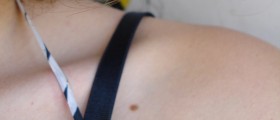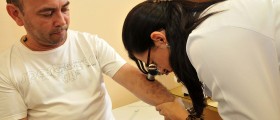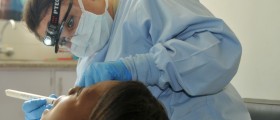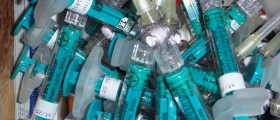
The dangerous moles
Moles are pigmented marks on the surface of the skin and they are very common and considered as the normal and natural thing. However, there are various types of them; for example, they can be protuberant, very dark, of the irregular shape or of the irregular surface. More importantly, some of them can be considered as the potential malignant formations, especially, if there were some changes in the size, shape or if there was some secretion or the blood present, if the mole is anyhow irritated, or if is simply bigger than 1 cm in diameter – those are the reasons for being concerned and to seek the medical advice as soon as possible.
The medical term for such malignant formation on the skin is melanoma, which is, actually, known as the cancer of the skin. So, when a mole turns into a malignant tumor, it should be examined by a specialist immediately. At this point, it is extremely important to emphasize that the sooner the treatment of the melanoma starts, the bigger are the chances for the full recovery. The treatment, or to be more precise, the surgical procedure, includes, in almost all the cases, the complete taking off of the dangerous mole and it is performed as well in the cases of the benign moles, but those which interfere with the everyday life of an individual.The surgical procedures
Before the procedure, sometimes the examining must be performed in order to determine whether the formation is cancerous or not. It is done by taking out very small amount of the tissue, which then undergoes the tests in the laboratory. The surgery itself can be done after receiving partial or total anaesthesia, which depends of the severity of the mole and of the complexity of the procedure.
Nevertheless, in the cases of the procedures performed with laser rays, the anaesthesia is not needed. After the procedure, again, depending on how it is performed, the increased sensitivity of the spot is felt, or the scar is visible if the cutting was involved. After the first period of healing, the normal process of the regeneration starts, that is sometimes manifested as the new and darker mole appearing on the same place.
So, when it comes to the procedure itself, it can be done by simply taking the mole off by the scalpel (the stitches are needed afterward), by burning it (the skin regenerates on its own after the procedure), by the evaporation (eliminating the moisture from it) with laser, or by the procedure called the shave biopsy (in the cases of the raised moles) which is, actually, the flattening of such the mole.

















Your thoughts on this
Loading...